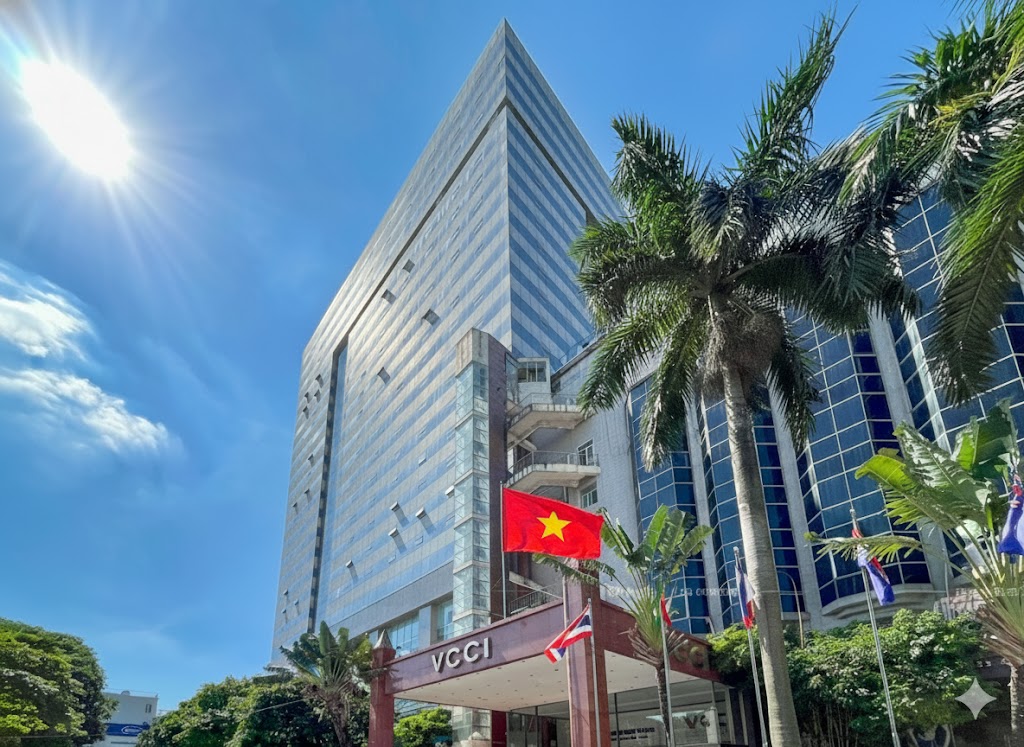Vietnam’s stock market poised for an upgrade
Circular 03/2025/TT-NHNN, along with a series of strategic reforms, is paving the way for Vietnam’s stock market to achieve an upgrade, creating momentum to attract foreign capital and promote sustainable long-term investment.
Loosening Another Market Bottleneck
Recently, following a statement by U.S. President Donald Trump that America should focus solely on chip production and no longer on clothing manufacturing, Vietnamese textile and garment stocks surged to their daily price limits. Stocks like TNG, MSH, and other textile-exporting firms, particularly those targeting the U.S. market, recorded strong gains at the start of the week. This shift in market sentiment clearly demonstrates the high sensitivity and short-term volatility of investors in response to external signals.

Expectations are rising that Vietnam's stock market will be placed on FTSE’s watchlist for reclassification to secondary emerging market status during the upcoming September review. (Illustrative photo)
However, at a deeper level, the core question remains: Can Vietnam’s stock market develop sustainably, and what are the real foundations needed to elevate its stature, attract quality capital, and build long-term investor confidence?
According to financial expert Phan Lê Thành Long, a notable signal has come from the State Bank of Vietnam with the issuance of Circular 03/2025/TT-NHNN on April 29, 2025. This regulation allows foreign investors to open and use VND accounts for indirect investment in Vietnam—a major bottleneck in previous reform efforts. Previously, opening a VND account for stock trading could take months; now, the procedure takes only a few days. This move is viewed as a critical breakthrough in the effort to upgrade Vietnam’s stock market.
Circular 03 is not the only reform. A series of coordinated actions by regulatory authorities further underscores their determination. Circular 68, which addresses foreign ownership limits, English-language information disclosure, and the removal of the "non-prefunding" mechanism, allows foreign investors to trade without pre-funding—an important leap forward. This is complemented by the launch of the KRX trading system in early May. The new system, based on modern technology, supports securities trading and clearing operations and lays the groundwork for further reforms centered on the Central Counterparty Clearing (CCP) mechanism.
“The CCP mechanism, managed by the VSDC and commercial banks, will serve as the central clearing counterparty, reducing risks and improving efficiency in the trading system. The KRX system is now ready; the next indispensable step is to develop the CCP, which is essential for market upgrading,” Mr. Long emphasized.
Alongside this, another strategic solution being anticipated is the implementation of OTA (Omnibus Trading Account). This mechanism allows fund management companies such as VinaCapital or Dragon Capital to place a single transaction order for all the funds they manage, instead of submitting separate orders for each individual account. This improves operational efficiency, saves time, and reduces technical errors and market risks. Without the omnibus account mechanism, managing thousands of investors would be virtually impossible.
These policies are gradually building a unified legal framework and technological infrastructure, aligning with the criteria set by international rating organizations like FTSE and MSCI. Meanwhile, the expectation that Vietnam's stock market will be included in FTSE’s watchlist for an upgrade to secondary emerging market status in the September review has become the center of attention. Looking further ahead, the goal of MSCI reclassification is no longer out of reach.
Mr. Phan Lê Thành Long stressed: These reforms are not mere promises—they are concrete actions. Vietnam’s stock market is genuinely changing from the inside out, becoming more transparent and accessible to global capital flows. This is a necessary condition to unlock foreign capital, especially in a context where domestic investors dominate the market but lack the capacity to spark a breakthrough.
Domestic capital still plays the main role, while foreign inflows, although showing signs of returning, remain modest. Expectations that a significant catalyst—such as a market upgrade—could unlock these funds are rising.
.jpg)
Market upgrading is more than a “title”—it is a comprehensive restructuring process. (Illustrative photo)
Investment Strategies for Investors
Despite the VN-Index returning to a peak around 1,300 points, many individual investors are still reporting losses. The index may be rising, but it is not uncommon for individual portfolios to be in the red. This discrepancy suggests that the index's rise is largely driven by blue-chip stocks, which are not necessarily favored by retail investors.
In this context, pursuing short-term, news-driven trading strategies carries significant risks. Instead of chasing waves, many investors are now considering long-term, sustainable strategies or investing via mutual funds.
“Programs like ‘Smart Investing’ have been launched to connect investors with professional funds and provide independent data from analysis firms such as FiinGroup. Investors can be guided to select funds and understand their investment strategies, giving them peace of mind to hold their positions rather than be swayed by market fluctuations,” Mr. Long suggested.
In reality, market upgrading is not just about gaining a label—it involves a comprehensive restructuring of the legal and technological framework to bring Vietnam’s market in line with international standards. And when foreign capital returns, quality stocks will become safe havens.
Currently, while the market remains volatile, comprehensive policy reforms are laying the groundwork for a new future. When the stock market is upgraded, not only could the VN-Index surpass 1,500 points as hoped, but Vietnam will also gain a significant place on the global financial map. What matters now for each investor is choosing the right strategy, timing the market correctly, and truly understanding what they’re investing in.








